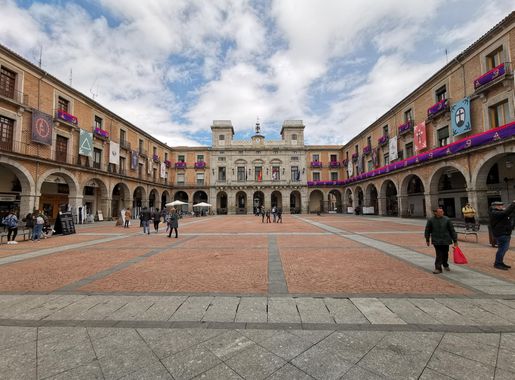
Avila: The Walled Jewel of Spain
Discover Avila, a historic Spanish city famed for its medieval walls, stunning architecture, and rich local cuisine. A timeless destination blending history and culture.
Avila, located in the heart of Spain, is a city that breathes history and mystery. Famous for its well-preserved medieval walls, Avila presents an enchanting blend of historical significance and modern charm. As you walk along its cobbled streets, you will feel like you've stepped back in time. The walls, built in the 11th century, encircle the old town and offer panoramic views that are simply breathtaking. Inside the walls, you will find an array of historical landmarks. The Avila Cathedral, with its fortress-like appearance, is a must-visit. It is both a place of worship and a historical monument, blending Romanesque and Gothic styles. Another highlight is the Convent of Saint Teresa, which honors the city's most famous resident, Saint Teresa of Avila. The convent offers a peaceful retreat and a glimpse into the life of this remarkable saint. Beyond its historical sites, Avila is also known for its local cuisine. Make sure to try the Yemas de Santa Teresa, a sweet treat made from egg yolks and sugar that dates back centuries. The city’s restaurants offer a gastronomic journey, featuring traditional Castilian dishes such as roasts and stews. Avila is not just about history and food; it also has a vibrant cultural scene. Throughout the year, the city hosts various festivals and events, including medieval fairs that recreate the city's storied past. The warm and welcoming locals add to the city's charm, ensuring that every visitor feels at home.
Local tips in Avila
- Wear comfortable shoes; the cobblestone streets can be uneven and require good walking shoes.
- Visit the walls early in the morning or late in the afternoon to avoid crowds and get the best light for photos.
- Try the local dish 'Chuletón de Ávila,' a large, juicy steak that is a specialty of the region.
- Purchase a combined ticket for the main attractions to save money and time.
- Take advantage of the city's numerous viewpoints for panoramic photos, especially from the top of the city walls.
Avila: The Walled Jewel of Spain
Avila, located in the heart of Spain, is a city that breathes history and mystery. Famous for its well-preserved medieval walls, Avila presents an enchanting blend of historical significance and modern charm. As you walk along its cobbled streets, you will feel like you've stepped back in time. The walls, built in the 11th century, encircle the old town and offer panoramic views that are simply breathtaking. Inside the walls, you will find an array of historical landmarks. The Avila Cathedral, with its fortress-like appearance, is a must-visit. It is both a place of worship and a historical monument, blending Romanesque and Gothic styles. Another highlight is the Convent of Saint Teresa, which honors the city's most famous resident, Saint Teresa of Avila. The convent offers a peaceful retreat and a glimpse into the life of this remarkable saint. Beyond its historical sites, Avila is also known for its local cuisine. Make sure to try the Yemas de Santa Teresa, a sweet treat made from egg yolks and sugar that dates back centuries. The city’s restaurants offer a gastronomic journey, featuring traditional Castilian dishes such as roasts and stews. Avila is not just about history and food; it also has a vibrant cultural scene. Throughout the year, the city hosts various festivals and events, including medieval fairs that recreate the city's storied past. The warm and welcoming locals add to the city's charm, ensuring that every visitor feels at home.
When is the best time to go to Avila?
Iconic landmarks you can’t miss
Walls of Ávila
Explore the stunning Walls of Ávila, a UNESCO World Heritage site, and discover Spain's medieval history and breathtaking views.

Catedral de Ávila
Explore the iconic Catedral de Ávila, a stunning blend of Gothic architecture and rich history in the heart of Spain's medieval city.

Cuatro Postes Lookout - Viewpoint of Ávila
Discover the stunning panoramic views of Ávila's medieval walls at the Cuatro Postes Lookout, a must-visit scenic spot for every traveler.

Plaza Mercado Chico
Discover the charm and history of Plaza Mercado Chico, a vibrant square in Ávila, Spain, rich with culture and stunning architecture.
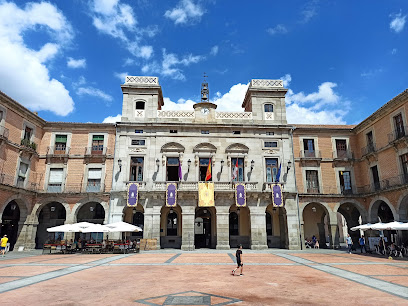
Church and birthplace of Saint Teresa of Jesus
Explore the Church and birthplace of Saint Teresa of Jesus in Ávila, a historical and spiritual gem that reflects Spain's rich religious heritage.

Royal Monastery of Santo Tomás
Discover the Royal Monastery of Santo Tomás, a stunning Gothic masterpiece in Ávila, Spain, rich with history and artistic treasures.
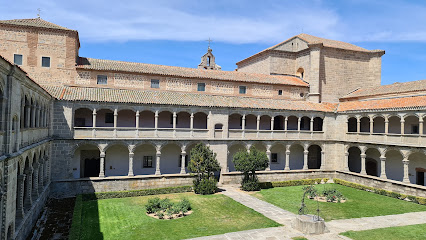
San Vicente de Ávila
Explore the architectural marvel of San Vicente de Ávila, a breathtaking basilica steeped in history and spiritual significance, located in the heart of Ávila, Spain.

Adaja Gate
Discover the historical Adaja Gate in Ávila, a stunning landmark offering a glimpse into the city's medieval architecture and rich heritage.
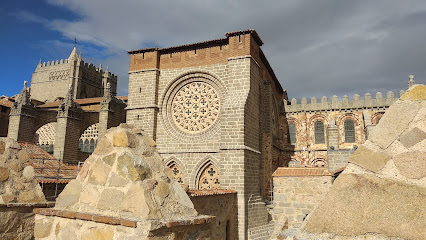
Plaza del Mercado Grande, Plaza de Santa Teresa de Jesus
Experience the vibrant culture and rich history of Ávila at Plaza del Mercado Grande, a must-visit square for every traveler.

Puerta del Alcázar
Explore the majestic Puerta del Alcázar, a historical landmark that embodies the rich medieval heritage and architectural wonders of Ávila, Spain.

Museo de Ávila
Discover the fascinating history and culture of Ávila at the Museo de Ávila, a treasure trove of art and artifacts that reflect the city's rich heritage.
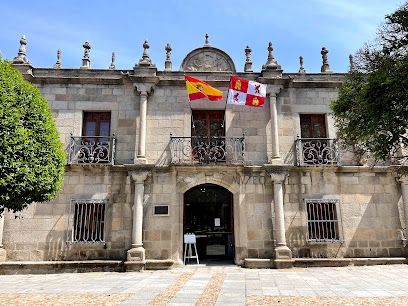
Puerta de San Isidro o de la Malaventura en la Muralla de Ávila
Discover the historical essence of Ávila at the stunning Puerta de San Isidro, a gateway to the city's medieval charm.
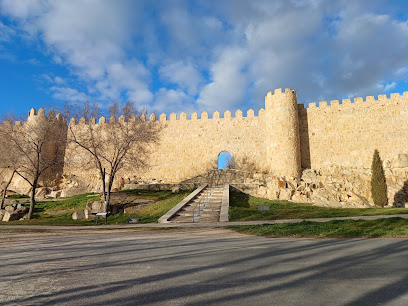
Palacio de los Verdugo
Discover the stunning Gothic architecture and rich history of Palacio de los Verdugo, a must-visit landmark in Ávila, Spain.

Puerta de San Vicente
Explore the majestic Puerta de San Vicente, a historical landmark in Ávila, Spain, showcasing stunning medieval architecture and rich cultural heritage.
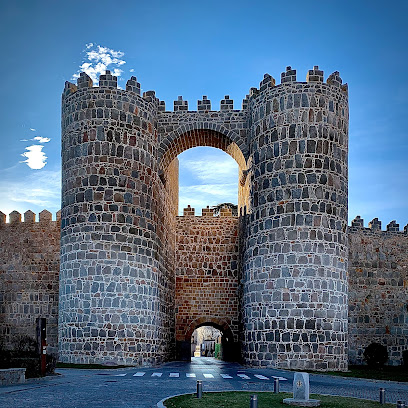
Iglesia de Santo Tomé el Viejo
Explore the historic Iglesia de Santo Tomé el Viejo in Ávila, a stunning archaeological museum showcasing rich medieval heritage and architectural beauty.
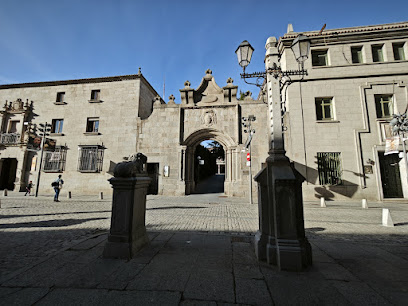
Unmissable attractions to see
Royal Site of San Lorenzo de El Escorial
Discover the grandeur of Spain at the Royal Site of San Lorenzo de El Escorial, a UNESCO World Heritage site showcasing history, art, and architecture.
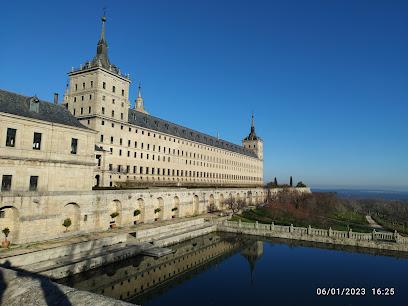
Finca de Cuelgamuros
Discover the profound history and scenic beauty at Finca de Cuelgamuros, a remarkable space of remembrance in the heart of the Guadarrama mountains.
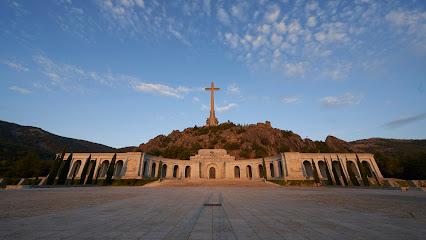
Catedral de Ávila
Discover the stunning Gothic architecture and rich history of the Catedral de Ávila, a must-visit landmark in the heart of Spain.
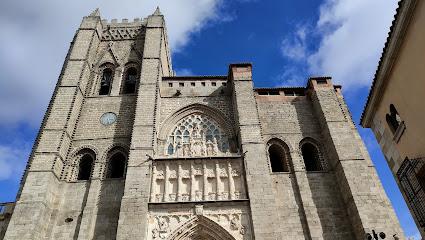
Cuatro Postes Lookout - Viewpoint of Ávila
Experience the stunning vistas of Ávila at Cuatro Postes Lookout, where history meets breathtaking landscapes in a perfect travel destination.
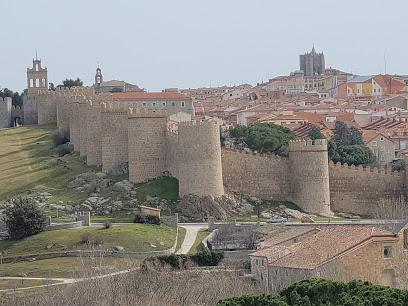
Church and birthplace of Saint Teresa of Jesus
Explore the spiritual legacy of Saint Teresa at Carmelitas Descalzos, a serene church and historical treasure in Ávila, Spain.
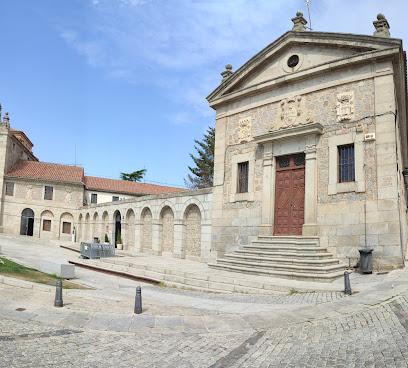
Frailes Garden
Explore the lush landscapes and historical charm of Frailes Garden, a serene park in San Lorenzo de El Escorial, perfect for nature lovers and history buffs.
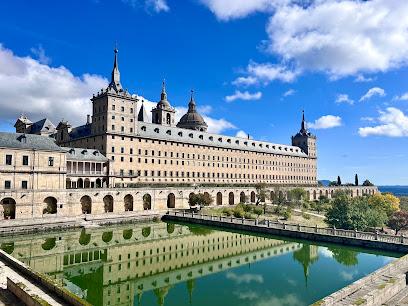
Royal Monastery of Santo Tomás
Discover the architectural beauty and historical significance of the Royal Monastery of Santo Tomás in Ávila, Spain.

Plaza de la Villa. Arévalo
Experience the historic charm of Plaza de la Villa, a vibrant square in Arévalo, perfect for cultural exploration and leisurely relaxation.

San Vicente de Ávila
Explore the historical and architectural marvel of San Vicente de Ávila, a must-visit basilica that showcases the city's rich heritage.
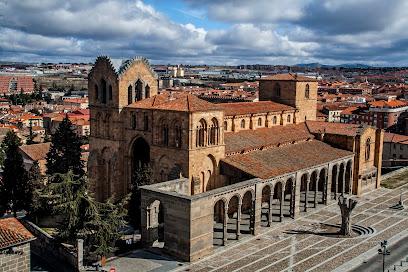
San Antonio Park
Experience the tranquility of San Antonio Park, an idyllic green oasis in Ávila, perfect for relaxation, picnics, and leisurely strolls through nature.
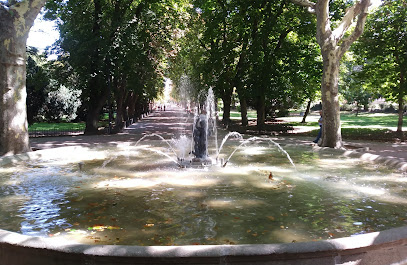
Monastery of Incarnation
Explore the Monastery of Incarnation in Ávila, a historical landmark that showcases stunning architecture and rich cultural heritage.
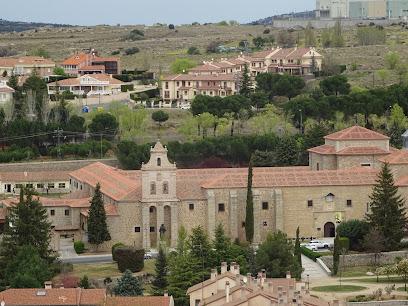
Plaza Adolfo Suárez
Experience the vibrant atmosphere of Plaza Adolfo Suárez in Ávila, where history, culture, and local flavors come together for an unforgettable visit.

Palacio polentinos
Explore the rich military history of Spain at Palacio Polentinos, an army museum in the heart of Ávila, showcasing fascinating artifacts and exhibits.

Convento de San José (Carmelitas Descalzas)
Explore the Convento de San José, a tranquil Carmelite nunnery in Ávila, where history and spirituality intertwine in a serene atmosphere.
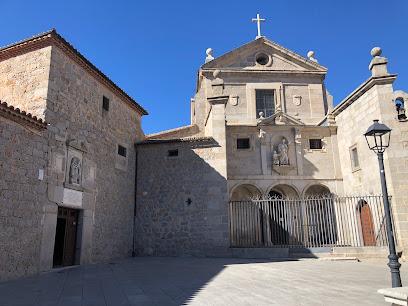
Museo de Ávila
Explore the Museo de Ávila: A cultural treasure trove showcasing the rich history and artistic heritage of this enchanting Spanish city.
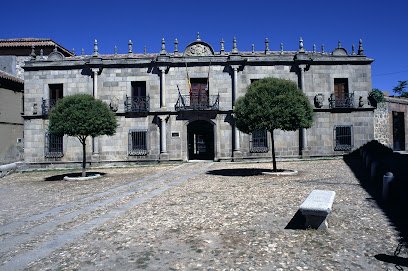
Essential places to dine
Hotel Palacio de Los Velada
Discover luxury and history at Hotel Palacio de Los Velada in beautiful Ávila - where elegance meets tradition.
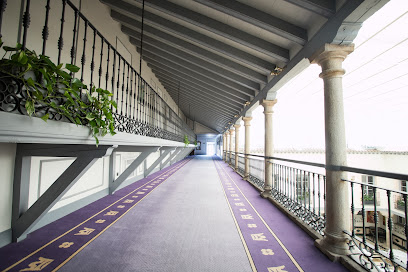
Restaurante Bococo
Experience authentic Mediterranean flavors at Restaurante Bococo in Ávila - where every meal is a celebration of taste.

Parador de Ávila
Discover historical elegance at Parador de Ávila – where tradition meets comfort in Spain's charming medieval city.
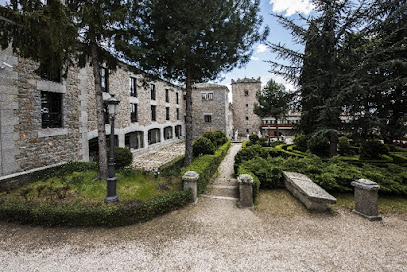
Restaurante Siglodoce
Discover authentic Mediterranean and Spanish flavors at Restaurante Siglodoce in Ávila – where every meal is a celebration of local gastronomy.
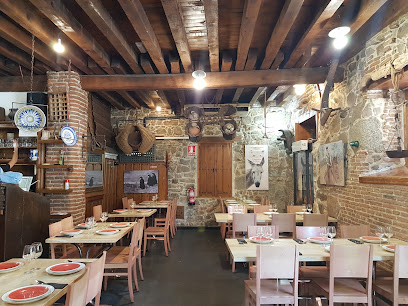
Soul Kitchen
Experience the taste of America at Soul Kitchen in Ávila - where juicy burgers meet a cozy atmosphere.
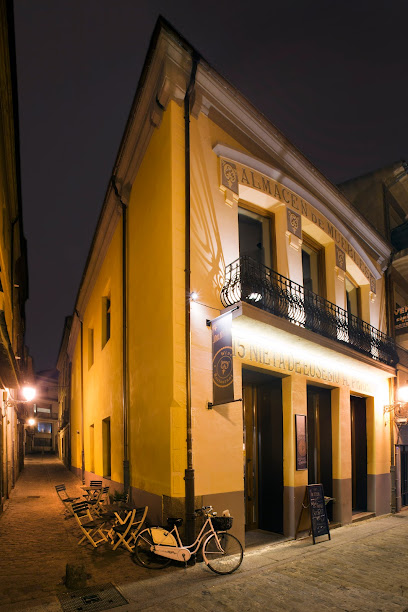
Restaurante De Cine Ávila
Experience exquisite Mediterranean flavors at Restaurante De Cine Ávila - where every meal tells a story.
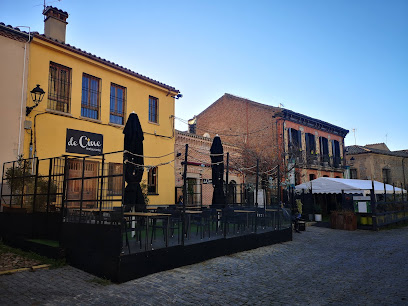
Restaurante Sanjuaniego
Experience authentic Spanish grill cuisine at Restaurante Sanjuaniego in Ávila - where every meal is a celebration of flavor.
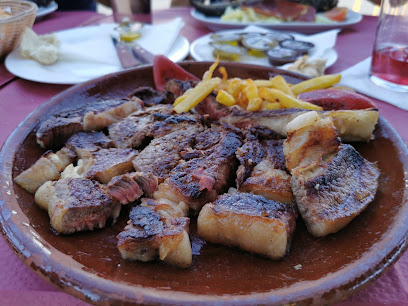
Tres Siglos
Savor authentic Spanish flavors at Tres Siglos in Ávila - where tradition meets taste in every dish.
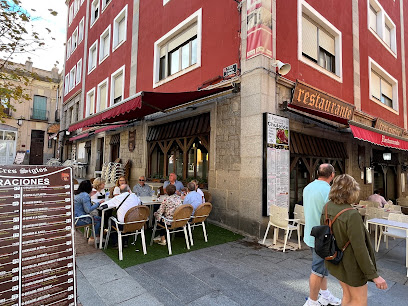
Los Candiles
Experience authentic Spanish cuisine at Los Candiles, where tradition meets flavor in the heart of Ávila.
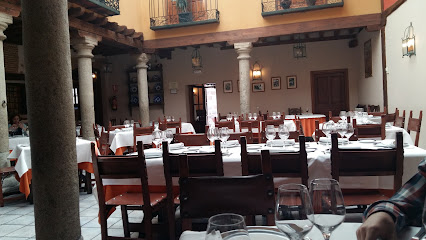
Restaurante Cocó
Discover Restaurante Cocó in Ávila – where traditional Spanish cuisine meets modern culinary artistry in a cozy setting.
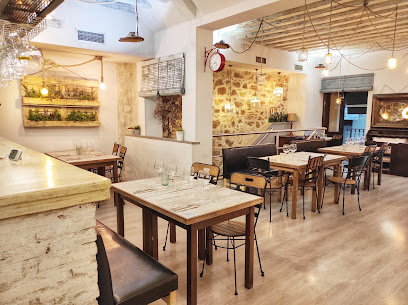
Gloria Bendita
Discover Gloria Bendita: A premier grill restaurant in Ávila serving delicious local cuisine in a warm and inviting atmosphere.
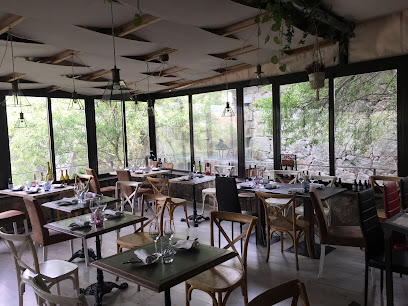
Restaurante El Buen Yantar
Experience authentic Spanish cuisine at Restaurante El Buen Yantar in Ávila - where tradition meets taste in every dish.
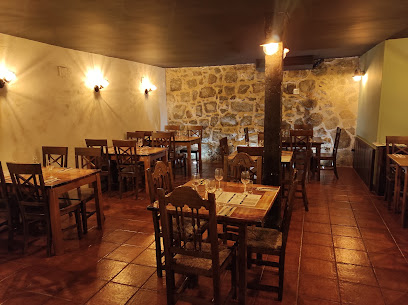
Restaurante El Lienzo Norte
Experience authentic Mediterranean cuisine at Restaurante El Lienzo Norte in Ávila – where every dish tells a story.
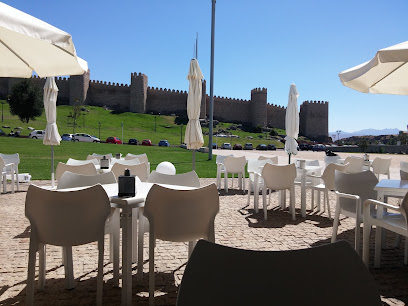
Restaurante la Posada de la Fruta
Experience authentic Castilian and Mediterranean cuisine at Restaurante la Posada de la Fruta in Ávila – a culinary delight for every traveler.
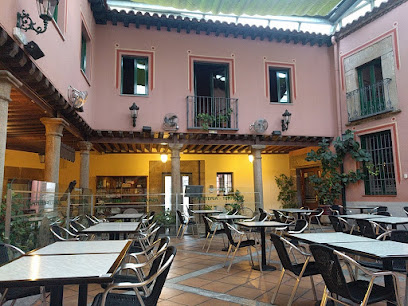
Barbacana
Experience authentic Spanish cuisine at Barbacana in Ávila - where tradition meets flavor in every dish.
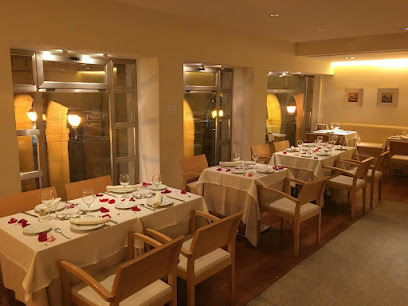
Markets, malls and hidden boutiques
C&L Complementos
Explore C&L Complementos in Ávila for unique gifts, stylish belts, and luggage repair services - perfect for every traveler!
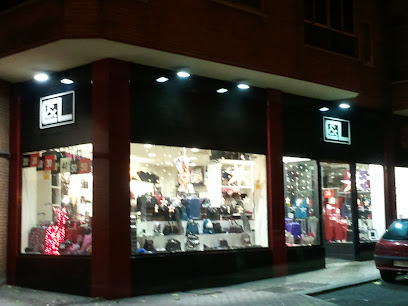
CBD Avila | Sativa Boutique
Discover premium CBD products at CBD Avila | Sativa Boutique, a leading cannabis store in the heart of Ávila, Spain, offering quality and education.
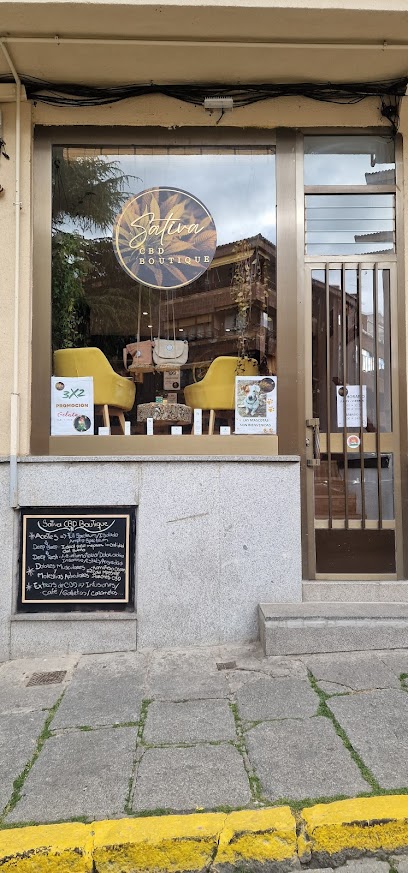
BABYSHOP ÁVILA, TODO PARA TU BEBÉ
Explore BABYSHOP ÁVILA for the finest selection of baby products, furniture, and toys in a charming atmosphere perfect for new parents.
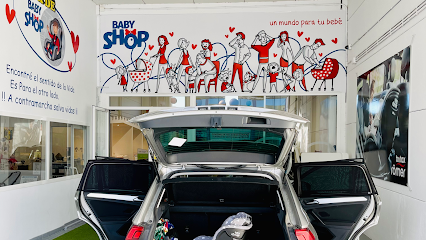
ALE-HOP
Explore ALE-HOP in Ávila for unique gifts that capture the essence of your travels and the charm of local craftsmanship.

D´nsueño Novias
Discover D´nsueño Novias, where bridal dreams come to life in Ávila with exquisite couture and outstanding service.

Karibushop-
Explore Ávila's finest fashion destination at Karibushop, where elegance meets personalized service in a charming boutique atmosphere.
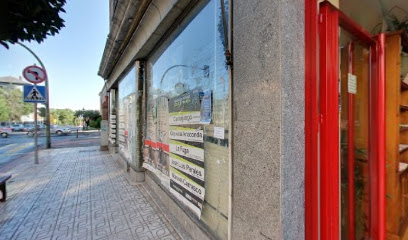
TOQUE'S AVILA
Explore TOQUE'S AVILA, a boutique offering authentic local crafts and souvenirs in the historic heart of Ávila for a unique shopping experience.
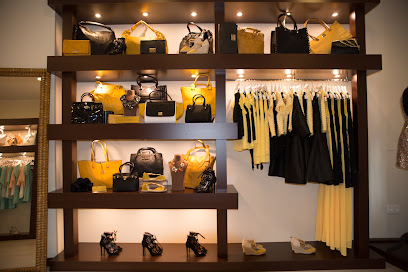
INSIDE - Tienda de Ropa y Zapatos
Explore Inside in Ávila for a diverse range of stylish clothing and shoes, perfect for all ages and occasions.
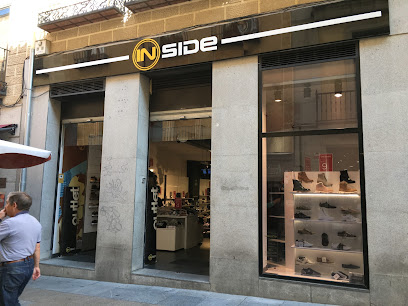
Lencería Inés Mercería
Explore Lencería Inés Mercería - Ávila's premier lingerie, knitting, and sewing supply destination, offering unique textiles and expert service.

Cactus Regalos Y Complementos
Explore Cactus Regalos Y Complementos in Ávila for unique gifts, artisanal crafts, and a taste of local culture in every purchase.
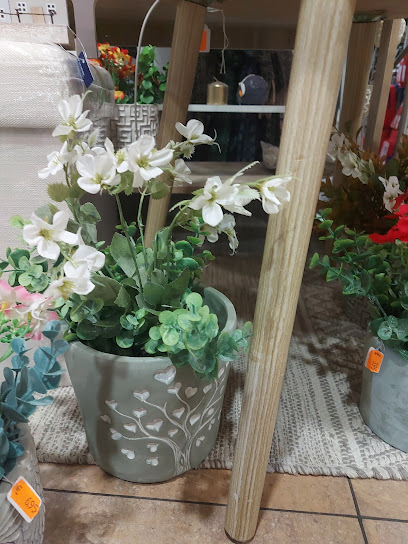
INFANTIL ESLA. La tienda del bebe en Avila
Explore Infantil Esla in Ávila for quality baby clothing, children's furniture, and essential parenting items in a welcoming atmosphere.
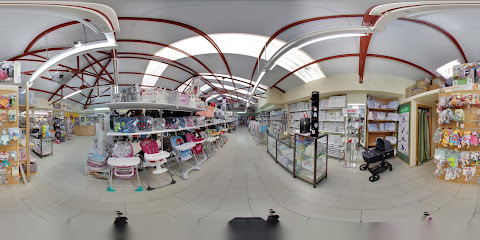
Las Delicias del Convento
Discover the authentic flavors of Ávila at Las Delicias del Convento, a delightful deli offering exquisite local delicacies in a charming setting.
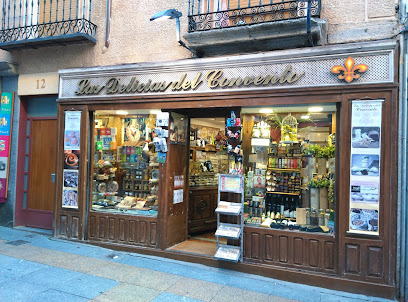
JoviOcio Ávila
Discover unique collectibles and toys at JoviOcio Ávila, a haven for enthusiasts and casual shoppers alike in the historic city of Ávila.
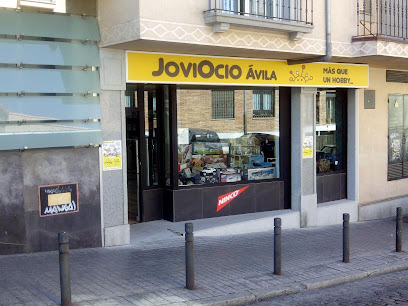
ARTIKALIA DOMUS AVILA
Discover unique furniture and decor at Artikalia Domus Ávila, where style meets comfort in a charming shopping experience.

Avila Shop Activaciones
Explore Avila Shop Activaciones for cutting-edge mobile devices and exceptional service in the heart of historic Ávila, Spain.

Essential bars & hidden hideouts
Soul Kitchen
Experience the best of American grill cuisine at Soul Kitchen in Ávila, where gourmet burgers meet a cozy atmosphere.
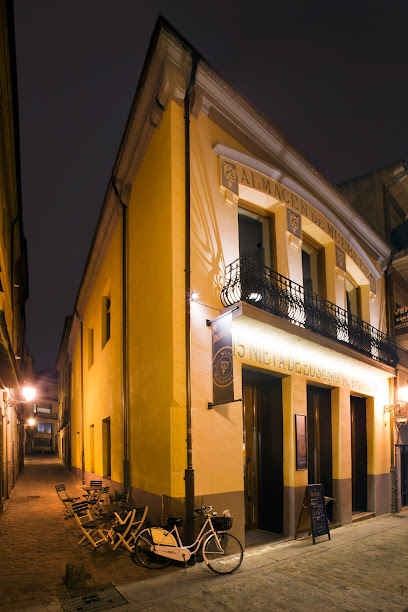
La Bodeguita de San Segundo
Experience authentic Spanish tapas and a vibrant atmosphere at La Bodeguita de San Segundo in Ávila, a culinary gem for all visitors.
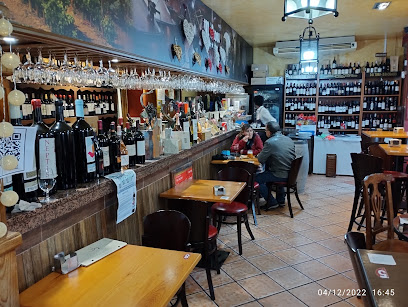
Taberna de los Verdugo
Discover the best grilled delicacies and exquisite wines at Taberna de los Verdugo in Ávila, a culinary gem for all food lovers.
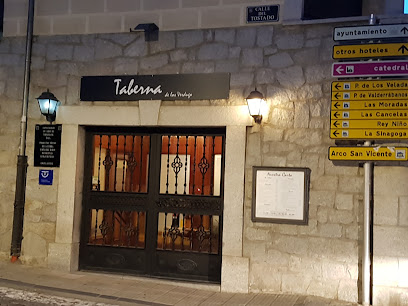
La Oca Cocktail Bar
Discover La Oca Cocktail Bar in Ávila: a blend of vibrant cocktails, local flavors, and a lively atmosphere perfect for socializing and relaxation.
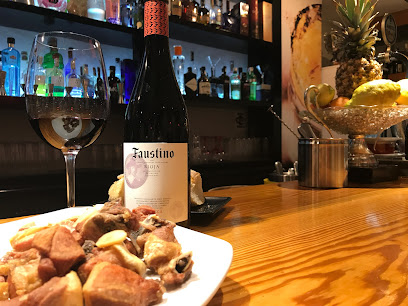
Barraca brewery
Experience the best of local brewing at Barraca Brewery in Ávila, where craft beer meets a cozy atmosphere and rich Spanish culture.
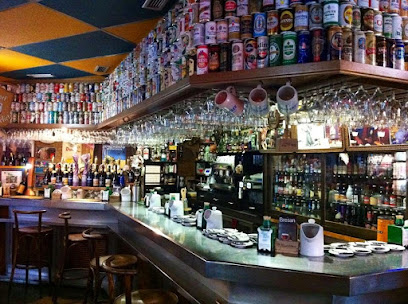
The Ha'penny Bridge Irish Pub 3.0
Discover the taste of Ireland in Ávila at The Ha'penny Bridge Irish Pub, where traditional flavors meet a lively atmosphere.
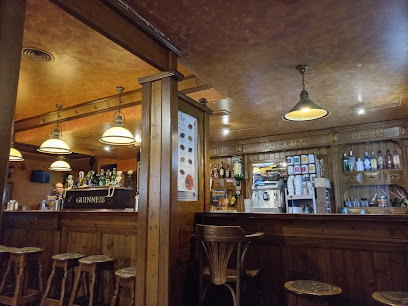
Bar Montecarlo - Ávila
Savor the rich culinary heritage of Ávila at Bar Montecarlo, a charming tapas bar offering authentic Spanish flavors and a vibrant atmosphere.
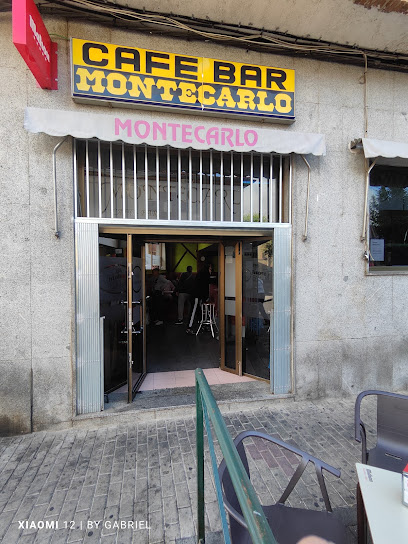
Cervecería La Cigueña
Discover the lively atmosphere and delicious local cuisine at Cervecería La Cigueña, Ávila's favorite beer hall.

La Tere Gastrobar
Experience the vibrant flavors of Spanish tapas at La Tere Gastrobar in Ávila, a culinary hotspot for food lovers and adventurers alike.
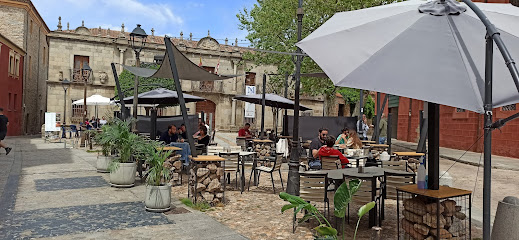
Coffee and Tapas Bar Piscis
Savor the culinary spirit of Spain at Coffee and Tapas Bar Piscis in Ávila, where tapas and breakfast unite in a cozy setting.
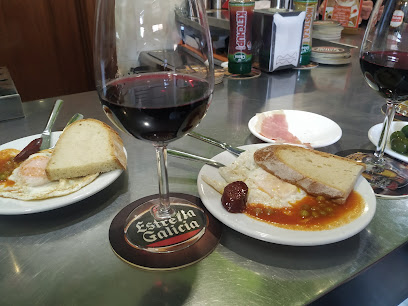
La Roca
Experience authentic Spanish tapas at La Roca in Ávila, where warm ambiance meets delicious cuisine for an unforgettable culinary journey.
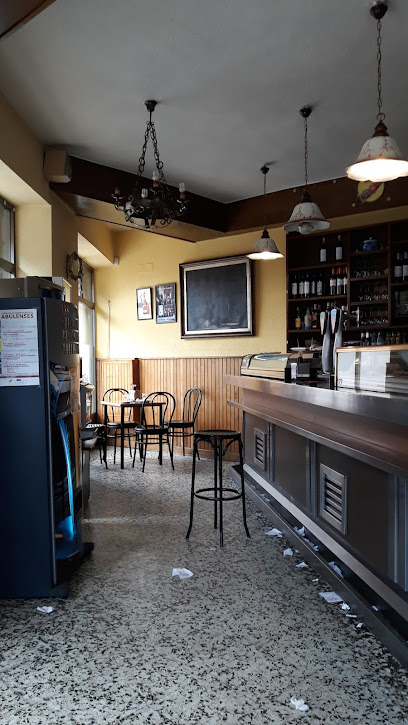
ComeCocos Rock and Game Bar
Experience the vibrant nightlife of Ávila at ComeCocos Rock and Game Bar, where fun, games, and great drinks await every visitor.

The Black Rose
Discover The Black Rose in Ávila – the perfect bar for a relaxing evening with a delightful drink selection and vibrant ambiance.
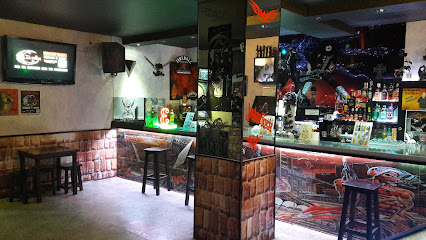
Bar La Rua
Experience the lively ambiance of Bar La Rua, a must-visit piano bar in Ávila, blending live music, tapas, and dart games for an unforgettable night.
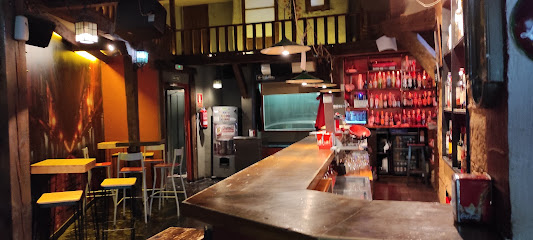
Mojito
Discover the enchanting Mojito Piano Bar in Ávila, where live music and exquisite cocktails create an unforgettable nightlife experience.
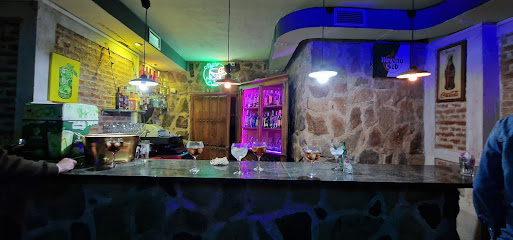
Local Phrases
-
- HelloHola
[oh-lah] - GoodbyeAdiós
[ah-dyohs] - YesSí
[see] - NoNo
[noh] - Please/You're welcomePor favor/De nada
[por fah-bohr/de nah-dah] - Thank youGracias
[grah-thyahs] - Excuse me/SorryPerdón/Lo siento
[pehr-dohn/loh syen-toh] - How are you?¿Cómo estás?
[koh-moh ehs-tahs] - Fine. And you?Bien. ¿Y tú?
[byen. ee too] - Do you speak English?¿Hablas inglés?
[ah-blahs een-glehs] - I don't understandNo entiendo
[noh ehn-tyen-doh]
- HelloHola
-
- I'd like to see the menu, pleaseMe gustaría ver la carta, por favor
[meh goos-tah-ree-ah behr lah kahr-tah, por fah-bohr] - I don't eat meatNo como carne
[noh koh-moh kahr-neh] - Cheers!¡Salud!
[sah-loohd] - I would like to pay, pleaseMe gustaría pagar, por favor
[meh goos-tah-ree-ah pah-gahr, por fah-bohr]
- I'd like to see the menu, pleaseMe gustaría ver la carta, por favor
-
- Help!¡Ayuda!
[ah-yoo-dah] - Go away!¡Vete!
[veh-teh] - Call the Police!¡Llama a la policía!
[yah-mah ah lah poh-lee-see-ah] - Call a doctor!¡Llama a un médico!
[yah-mah ah oon meh-dee-koh] - I'm lostEstoy perdido
[ehs-toy pehr-dee-doh] - I'm illEstoy enfermo
[ehs-toy ehn-fehr-moh]
- Help!¡Ayuda!
-
- I'd like to buy...Me gustaría comprar...
[meh goos-tah-ree-ah kohm-prahr] - I'm just lookingSolo estoy mirando
[soh-loh ehs-toy meer-ahn-doh] - How much is it?¿Cuánto cuesta?
[kwan-toh kwehs-tah] - That's too expensiveEsto es demasiado caro
[ehs-toh ehs de-mah-syah-doh kah-roh] - Can you lower the price?¿Puedes bajar el precio?
[pweh-dehs bah-hahr ehl pree-syoh]
- I'd like to buy...Me gustaría comprar...
-
- What time is it?¿Qué hora es?
[keh oh-rah ehs] - It's one o'clockEs la una
[ehs lah oo-nah] - Half past (10)Y media (10)
[ee meh-dee-ah (deez)] - MorningMañana
[mah-nyah-nah] - AfternoonTarde
[tahr-deh] - EveningNoche
[noh-cheh] - YesterdayAyer
[ah-yehr] - TodayHoy
[oy] - TomorrowMañana
[mah-nyah-nah] - 1Uno
[oo-noh] - 2Dos
[dohs] - 3Tres
[trehs] - 4Cuatro
[kwah-troh] - 5Cinco
[theen-koh] - 6Seis
[says] - 7Siete
[syeh-teh] - 8Ocho
[oh-choh] - 9Nueve
[nweh-veh] - 10Diez
[dyehth]
- What time is it?¿Qué hora es?
-
- Where's a/the...?¿Dónde está...?
[dohn-deh ehs-tah] - What's the address?¿Cuál es la dirección?
[kwal ehs lah dee-rehk-syon] - Can you show me (on the map)?¿Puedes mostrarme (en el mapa)?
[pweh-dehs mohs-trar-meh (ehn ehl mah-pah)] - When's the next (bus)?¿Cuándo es el próximo (autobús)?
[kwan-doh ehs ehl proh-ksy-moh (ow-toh-boos)] - A ticket (to ....)Un billete (a ...)
[oon bee-yeh-teh (ah ...)]
- Where's a/the...?¿Dónde está...?
History of Avila
-
The origins of Ávila date back to pre-Roman times, with the area being inhabited by the Vettones, a Celtic tribe. The settlement was known as Obila, meaning 'High Mountain.' It became an important outpost due to its strategic position.
-
Ávila was integrated into the Roman Empire in the 1st century BC. The Romans fortified the city and developed infrastructure including roads and aqueducts. The remnants of Roman influence can still be seen in the city's layout and archaeological finds.
-
In the 11th century, after the Christian reconquest, King Alfonso VI ordered the construction of Ávila's famous walls. These fortifications, built between 1090 and 1099, are among the best-preserved medieval walls in Europe, stretching over 2.5 kilometers and featuring 88 towers.
-
Ávila reached its peak during the 16th century, known as its Golden Age. The city became a significant religious center, largely due to Saint Teresa of Ávila. Her influence led to the construction of numerous convents and churches, cementing the city's religious heritage.
-
During the Spanish Civil War (1936-1939), Ávila was under Nationalist control. The city experienced limited combat but served as a strategic point for Nationalist forces. Its historical buildings were largely preserved during this turbulent period.
-
Today, Ávila is a UNESCO World Heritage Site, recognized for its well-preserved medieval architecture and rich cultural history. The city continues to attract visitors with its historical sites, including the Cathedral of Ávila, the Convent of Saint Teresa, and its majestic walls.
Avila Essentials
-
Avila is located in the Castile and León region of Spain, about 110 kilometers northwest of Madrid. The closest major airport is Adolfo Suárez Madrid-Barajas Airport (MAD). From Madrid, you can take a direct train from Madrid-Chamartín Station to Avila, which takes approximately 1.5 hours. Alternatively, several bus companies operate routes between Madrid and Avila, with travel times ranging from 1.5 to 2 hours. Driving is also an option, with a well-maintained highway (A-6 and AP-51) connecting the two cities.
-
Avila is a compact city, and many of its attractions are within walking distance of each other. For longer distances, local buses are available and are a cost-effective way to get around. Taxis are also readily available and can be hailed on the street or booked via phone. If you prefer more flexibility, renting a car can be a convenient option, especially if you plan to explore the surrounding countryside.
-
The official currency in Spain is the Euro (EUR). Credit and debit cards are widely accepted in hotels, restaurants, and shops. However, it is advisable to carry some cash for smaller establishments and markets. ATMs are plentiful in Avila, and you can withdraw Euros using your bank card. It's a good idea to inform your bank of your travel plans to avoid any issues with card transactions.
-
Avila is generally a safe city for tourists. However, it is always advisable to take standard precautions. Keep an eye on your belongings in crowded places, such as markets and popular tourist attractions. Although Avila does not have specific high-crime areas targeting tourists, it is best to avoid poorly lit areas at night and stay vigilant. The local police are known to be helpful and approachable.
-
In case of emergency, dial 112 for immediate assistance, which is the general emergency number in Spain for police, fire, and medical services. Avila has several medical facilities, including the Hospital Nuestra Señora de Sonsoles. Pharmacies are also accessible throughout the city for minor health issues. It’s recommended to have travel insurance that covers medical emergencies.
-
Fashion: Do dress modestly, especially when visiting religious sites. Avoid wearing revealing clothing. Religion: Do respect local customs and traditions. Always cover your shoulders and knees when entering churches and other religious sites. Public Transport: Do be respectful and give up your seat to elderly passengers. Don’t eat or drink on public transport. Greetings: Do greet people with a handshake. A slight nod of the head or a friendly 'Hola' is also appreciated. Eating & Drinking: Do try local delicacies, such as 'yemas de Santa Teresa' and 'chuletón de Ávila'. Don’t rush your meals; dining is a leisurely and social activity in Spain.
-
To experience Avila like a local, visit the Mercado Chico, where you can buy fresh produce and local goods. Engage with locals, who are often friendly and willing to share their knowledge about the city's history and culture. Don't miss walking along the ancient city walls (Muralla de Avila) for stunning views of the city and surrounding landscape. For a unique experience, visit during local festivals such as the Medieval Market or Semana Santa (Holy Week) to see Avila at its most vibrant.
Trending Landmark in Avila
-
Walls of Ávila
-
Catedral de Ávila
-
Cuatro Postes Lookout - Viewpoint of Ávila
-
Plaza Mercado Chico
-
Church and birthplace of Saint Teresa of Jesus
-
Royal Monastery of Santo Tomás
-
San Vicente de Ávila
-
Adaja Gate
-
Plaza del Mercado Grande, Plaza de Santa Teresa de Jesus
-
Puerta del Alcázar
-
Museo de Ávila
-
Puerta de San Isidro o de la Malaventura en la Muralla de Ávila
-
Palacio de los Verdugo
-
Puerta de San Vicente
-
Iglesia de Santo Tomé el Viejo
Nearby Cities to Avila
-
Things To Do in Segovia
-
Things To Do in Madrid
-
Things To Do in Salamanca
-
Things To Do in Toledo
-
Things To Do in Valladolid
-
Things To Do in Burgos
-
Things To Do in Bragança
-
Things To Do in Chaves
-
Things To Do in Vila Real
-
Things To Do in Lamego
-
Things To Do in Badajoz
-
Things To Do in Teruel
-
Things To Do in Guimarães
-
Things To Do in Oviedo
-
Things To Do in Coimbra





